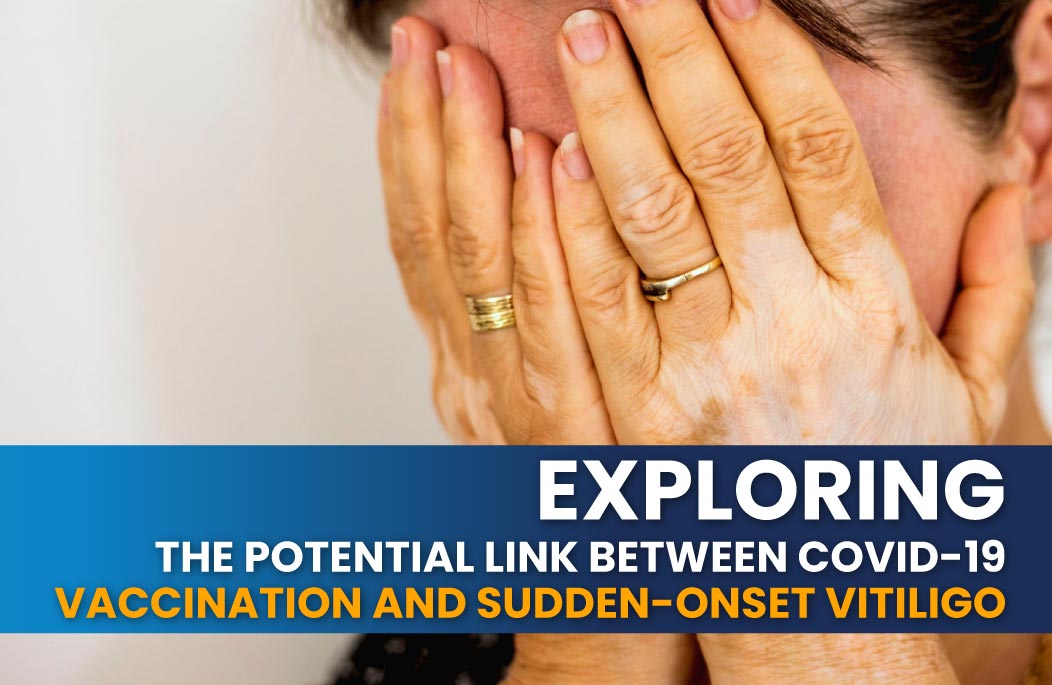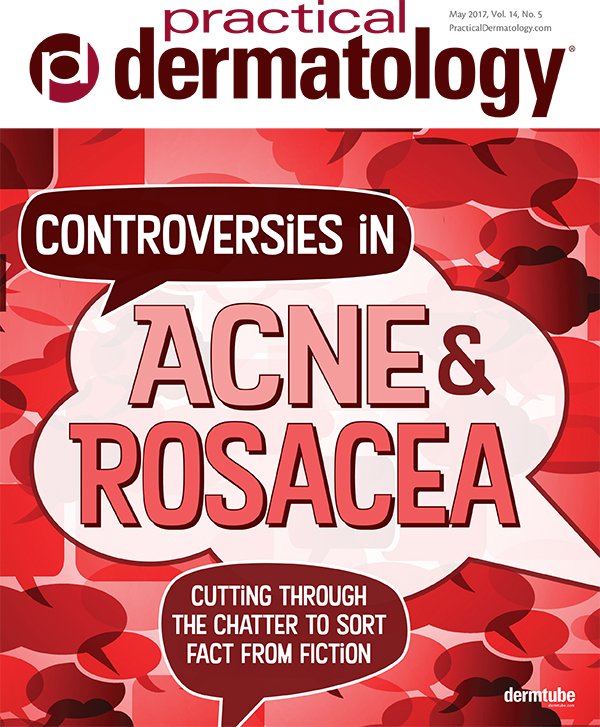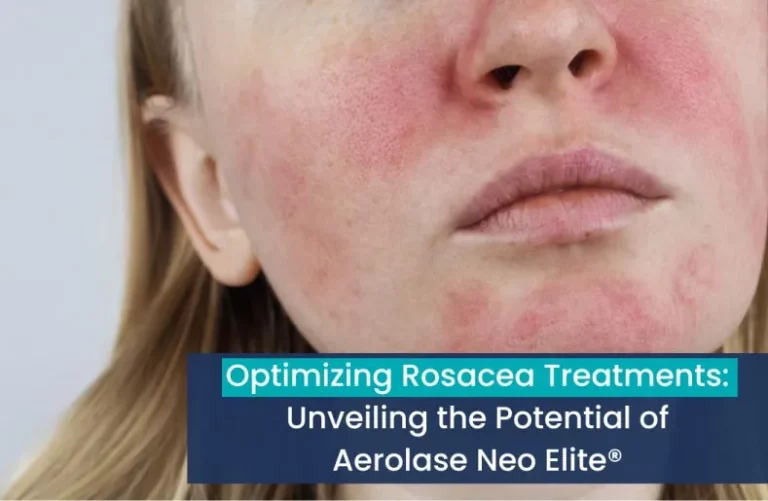Introduction to a Unique Case
A recent study presented a unique case of sudden-onset vitiligo following a COVID-19 vaccination. This phenomenon, coupled with a systematic review of existing literature, offers new insights into the potential connection between COVID-19 vaccination and the development of vitiligo.
Understanding Vitiligo and Its Triggers
Vitiligo, characterized by depigmented skin patches, typically arises due to a combination of genetic and autoimmune factors. Viral infections have been known to trigger vitiligo, but the specific role of COVID-19 vaccination in its onset is still being explored.
Case Presentation: A Post-Vaccination Onset
The study highlights the case of a 62-year-old woman who developed a depigmented rash shortly after receiving her first Pfizer-BioNTech COVID-19 vaccine. Despite treatment with oral and topical steroids and tacrolimus cream, she experienced minimal improvement. The timing of the rash post-vaccination suggests a potential connection between the vaccine and vitiligo.
A comprehensive review encompassed 17 reported cases of vitiligo post-COVID-19 infection or vaccination. Most cases (88.2%) were associated with vaccination. The depigmentation varied across patients, with the majority (64.7%) reporting generalized vitiligo.
Exploring 308nm UV Devices as a Treatment Option
In addressing vitiligo, especially cases like those potentially triggered by vaccination, 308nm UV devices offer a promising treatment path. Exci308 by Aerolase and similar devices specifically targeting the UVB spectrum, can effectively stimulate repigmentation in vitiligo-affected areas. Their targeted approach allows for the treatment of specific areas without affecting the surrounding skin, making them a suitable option for managing vitiligo, particularly in its early stages or in localized forms.
Examining the Pathogenesis of Vitiligo
Vitiligo involves the destruction of melanocytes, often linked to triggers like physical injury, emotional stress, and autoimmune conditions. In the context of COVID-19 vaccination, the immune response involving cytotoxic T cells and elevated cytokines could potentially contribute to melanocyte destruction, providing a plausible link to vitiligo onset.
The Vaccine-Autoimmunity Hypothesis
Cases of new-onset autoimmune diseases post-COVID-19 vaccination, including conditions like lichen planus and Guillain-Barré syndrome, point towards a possible autoimmune reaction. Molecular mimicry, involving autoantibodies or vaccine adjuvants, is considered a potential mechanism behind these reactions.
The Need for Further Research
While the instances of vitiligo following COVID-19 vaccination are rare, they underscore the need for further research to establish a definitive causal link. Clinicians are advised to be vigilant and treat such reactions appropriately while balancing the significant benefits of COVID-19 vaccination against the rare risk of skin diseases.
Conclusion: A Balancing Act in Healthcare
The development of vitiligo post-COVID-19 vaccination, although rare, is a significant concern that warrants attention. Ongoing research and clinical vigilance are essential in understanding and managing such cases. The potential of 308nm UV devices in treating vitiligo offers a ray of hope for affected individuals. Meanwhile, the overarching benefits of COVID-19 vaccination in preventing severe infection remain a critical factor in public health decisions.
Reference
Kasmikha LC, Mansour M, Goodenow S, Kessler S, Appel J. “Vitiligo following COVID-19 vaccination and primary infection: a case report and systematic review.” Cureus. 2023;15(9):e45546. doi:10.7759/cureus.45546



